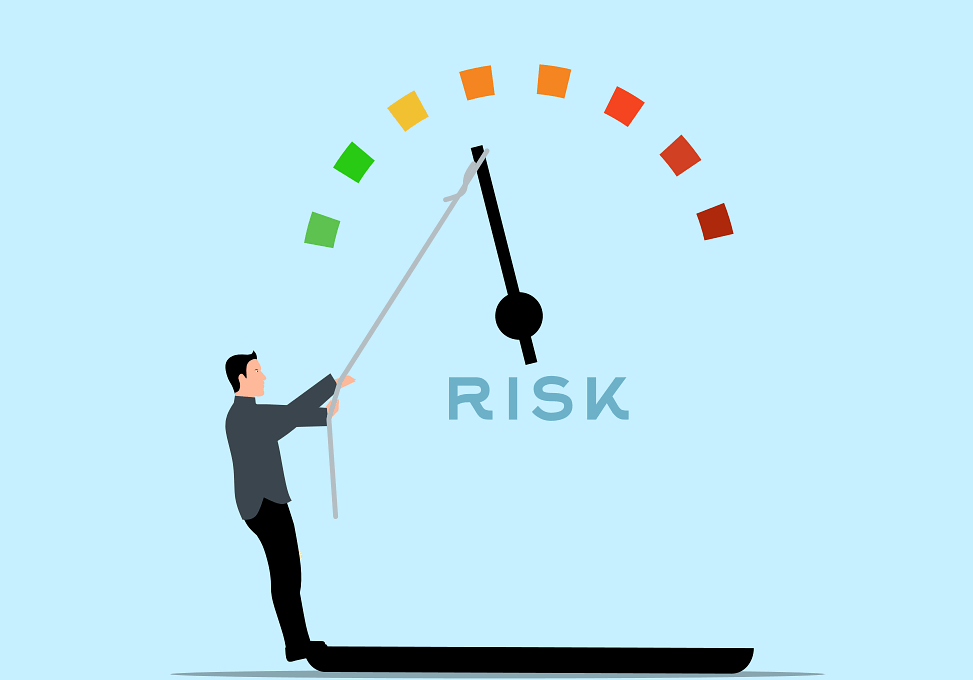Stress Testing and Scenario Analysis in Corporate Finance Risk Management
Stress testing and scenario analysis are critical components in the risk management framework of corporate finance. These strategies enable organizations to evaluate potential risks by simulating extreme but plausible adverse conditions. They help identify vulnerabilities and gauge the impact on financial performance and operational stability. Companies often leverage these techniques to meet regulatory requirements as well as to inform strategic decision-making. By conducting stress tests, finance teams can assess the resilience of their portfolios against various economic shocks. It enhances their understanding of potential liquidity, credit, and market risks under non-ideal conditions. Moreover, organizations can benefit from scenario analyses to visualize how financial results would react under different economic scenarios. This foresight empowers executives to mitigate risks proactively instead of reactively. Ultimately, integrating these methods into corporate finance allows firms to create a more comprehensive risk management culture. They need to engage consistently with these practices to stay ahead of uncertainties that may affect their bottom line.
Stress testing methodologies can differ significantly among organizations, depending on their specific industry and business processes. However, the underlying principles remain similar. Organizations must develop defined metrics to evaluate their risk appetite and tolerance. These metrics guide the stress testing process, ensuring it aligns with corporate objectives. Each test typically includes multiple scenarios, such as economic downturns, interest rate fluctuations, or sudden regulatory changes. The creation of these scenarios requires input from various stakeholders within the organization. Effective collaboration among risk management, finance, and operations teams enhances the quality of the tests. Furthermore, conducting regular stress testing allows companies to track changes in risk profiles over time. This iterative process not only strengthens risk response strategies but also nurtures a culture of continuous improvement within corporate finance. As organizations refine their testing models, they become better equipped to anticipate risks and make informed decisions. Hence, while stress testing may seem complex, it serves as a fundamental tool for improving resilience within financial institutions and corporations alike.
The Importance of Data in Stress Testing
Data quality is paramount in the context of stress testing and scenario analysis. Organizations must utilize accurate, timely, and relevant data to achieve reliable outcomes. The validity of stress tests relies heavily on robust datasets that capture historical performance and potential future trends. Companies often aggregate data from various departments, including finance, operations, and market research, to compile a comprehensive view. This cross-departmental collaboration enhances the reliability of the analysis. Additionally, third-party data sources can enrich internal datasets, particularly when trying to assess market risks or economic shifts. Unstructured data, such as social media sentiments or economic news, is becoming increasingly valuable in refining stress test assumptions. Moreover, firms must also focus on data governance to ensure compliance with regulations and to maintain stakeholder trust. Accuracy in data collection and management safeguards against risks stemming from erroneous assumptions. Consequently, investing in advanced analytical tools and platforms can empower organizations to leverage their data for more profound insights, providing a clearer picture for strategic financial planning.
Scenario analysis further complements stress testing by exploring the impacts of various hypothetical scenarios. While stress testing often focuses on extreme outcomes, scenario analysis allows for a broader examination of potential future conditions. Executives can develop multiple scenarios encompassing best-case, worst-case, and neutral outcomes. These scenarios provide a more nuanced view of potential risks and opportunities. Organizations can assess how changes in key variables, like commodity prices or inflation rates, could impact their financial health. This analysis is instrumental for crafting strategic responses tailored to different economic environments. It also aids in prioritizing risks based on their likelihood and impact on the organization’s objectives. Furthermore, scenario analyses can foster accountability at all levels, as stakeholders become more engaged in understanding potential outcomes. It encourages a proactive approach to risk management, compelling organizations to monitor trends continually. By doing so, they can swiftly adapt their financial strategies in response to emerging challenges. The iteration of scenario analysis can lead to more resilient corporate finance strategies aligned with business goals.
Implementing a Culture of Risk Awareness
Creating a culture of risk awareness is essential for effective corporate finance risk management. Companies should prioritize training and communication around stress testing and scenario analysis to foster this culture. Employees at all levels must understand the importance of assessing risks and how their roles impact financial performance. Regular workshops, seminars, and e-learning modules can be implemented to enhance risk literacy across the organization. Management should also encourage open discussions about risks and failure, promoting a blame-free environment where employees feel safe to share concerns. This transparency can facilitate more accurate stress-testing approaches since employees are more likely to communicate potential risks without fear. Additionally, establishing clear accountability frameworks ensures that teams understand their contributions to overall risk management. Integrating risk assessments into the strategic planning process will also enhance buy-in from leadership teams. When a risk-aware culture becomes embedded within an organization, it can lead to more sound financial decision-making and improved resilience against unexpected market shifts.
Finally, the continuous evolution of financial markets necessitates an ongoing commitment to refine stress testing and scenario analysis practices. As the economic landscape transforms, risk profiles will inevitably change, requiring organizations to adapt their methodologies. Companies must regularly review and update their scenario assumptions, ensuring they reflect current market conditions and emerging risks. Embracing technological advancements and data analytics can streamline this updating process. Automation and sophisticated modeling techniques can improve the efficiency of the analyses, freeing finance teams to focus on strategic insights. Regular review cycles should be established to ensure that the stress-testing framework remains pertinent and effective. Furthermore, firms should consider external factors, such as geopolitical events or regulatory changes, as part of their scenario planning. By staying responsive to these factors, organizations can build adaptive financial strategies that safeguard their assets. This foresight will foster long-term sustainability within corporate finance, empowering organizations to navigate uncertainties more effectively while capitalizing on potential opportunities.
The Future of Risk Management in Corporate Finance
The future of risk management in corporate finance is set to be shaped significantly by technological advancements and evolving market dynamics. Companies are increasingly incorporating artificial intelligence and machine learning into their stress testing and scenario analyses. These technologies offer enhanced predictive capabilities, allowing organizations to identify risk patterns and trends more effectively. Moreover, cloud computing facilitates efficient data storage and analysis, enabling real-time risk assessments across various departments. Future risk management strategies will likely harness big data analytics to draw meaningful insights from vast datasets. As organizations adapt to digital transformation, they will need to prioritize building tech-savvy teams adept in utilizing these new tools. Additionally, regulatory landscapes are responding to the necessity of more resilience in financial systems. Continuous improvement of stress testing methodologies will become essential, aligning with best practices and compliance requirements. Ultimately, firms that proactively embrace technology and adapt their risk management approaches will position themselves to thrive amid uncertainties in the financial environment.
Furthermore, collaboration among various stakeholders, including risk managers, executives, and regulatory bodies, will shape the landscape of corporate finance risk management. This collaboration fosters a unified approach to identifying and mitigating risks. Stakeholders must communicate effectively and work towards common objectives in enhancing risk awareness. Moreover, the sharing of knowledge and best practices among industry peers can lead to improved strategies and innovative solutions to risk management challenges. Engaging third-party experts can also provide fresh perspectives and methodologies to bolster internal frameworks. Organizations need to remain vigilant and adaptable, incorporating lessons learned from previous stress tests and scenario analyses. This iterative process not only enhances stakeholder understanding but also strengthens organizational resilience. Additionally, cultivating relationships with regulatory bodies will contribute to more effective compliance practices, ensuring that organizations not only meet but exceed expectations. As the focus on corporate finance risk management continues to grow, organizations have the opportunity to lead proactively in their respective industries, transforming risks into strategic advantages.


